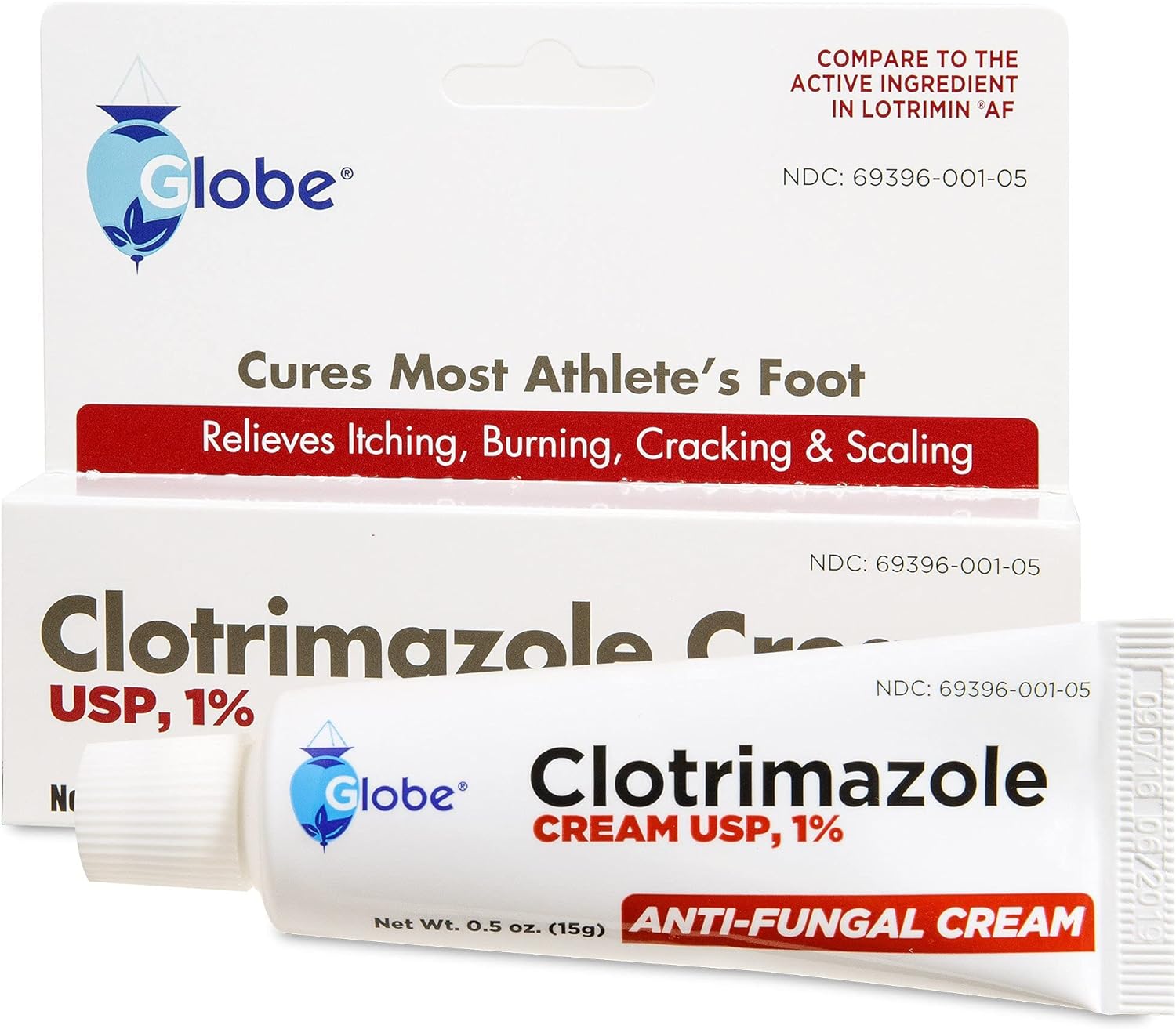Jock Itch: Symptoms, Causes & Treatment
What are the symptoms of jock itch?
Jock itch, also known as tinea cruris, is a fungal infection that affects the skin of the groin area. It is characterized by a red, itchy rash that may be ring-shaped and can spread to the buttocks and inner thighs. The symptoms of jock itch can vary but may include:
- Redness in the groin area
- Itching, burning, or stinging sensation
- Flaking, peeling, or cracking skin
- Rash that may be ring-shaped and have raised edges
- Pain or discomfort in the affected area
- In severe cases, blisters or ulcers may develop
Jock itch is caused by a fungus called tinea, which thrives in warm, moist environments such as the groin area. The condition is more common in men and can be spread through close contact with an infected person or by sharing contaminated items such as towels or clothing. Jock itch is typically treated with antifungal medications, either topical (applied to the skin) or oral (taken by mouth), depending on the severity of the infection. It’s important to keep the affected area clean and dry and to avoid sharing personal items to prevent the spread of the infection.
What are the causes of jock itch?
Jock itch, also known as tinea cruris, is caused by a fungal infection. The fungus that causes jock itch is called tinea, which is the same fungus responsible for other fungal infections such as athlete’s foot and ringworm.
Jock itch is more common in men and is often associated with factors that create a warm, moist environment in the groin area, such as sweating, tight clothing, and friction. These conditions create an ideal environment for the fungus to grow and multiply.
Jock itch can be spread through close contact with an infected person or by sharing contaminated items such as towels or clothing. It can also spread from other areas of the body that are infected with the fungus, such as the feet (athlete’s foot) or the scalp (ringworm).
Risk factors for jock itch include being male, wearing tight clothing, sweating heavily, being overweight, having a weakened immune system, and having a history of fungal infections.
Preventing jock itch involves keeping the groin area clean and dry, wearing loose-fitting clothing, changing underwear daily, avoiding sharing personal items, and treating any other fungal infections promptly.
What is the treatment for jock itch?
Jock itch, also known as tinea cruris, is a fungal infection of the skin in the groin area. Treatment for jock itch typically involves antifungal medications, which can be applied topically (to the skin) or taken orally (by mouth).
Topical antifungal medications are often the first line of treatment for jock itch and are available over-the-counter or by prescription. These medications may include:
- Antifungal Creams: Over-the-counter creams such as clotrimazole, miconazole, or terbinafine can be applied directly to the affected area.
- Antifungal Powders: Antifungal powders can help keep the area dry and may be used in combination with creams or on their own.
- Prescription Medications: If over-the-counter medications are not effective, prescription-strength antifungal creams or oral medications may be prescribed by a healthcare provider.
In addition to antifungal medications, it’s important to keep the affected area clean and dry. This can help prevent the fungus from spreading and may help speed up the healing process. Wearing loose-fitting clothing and underwear made of breathable fabrics can also help keep the area dry and prevent the fungus from thriving.
It’s important to continue treatment for the full course prescribed, even if symptoms improve, to ensure that the infection is fully cleared. If jock itch does not improve with treatment or if symptoms worsen, it’s important to see a healthcare provider for further evaluation and treatment.




